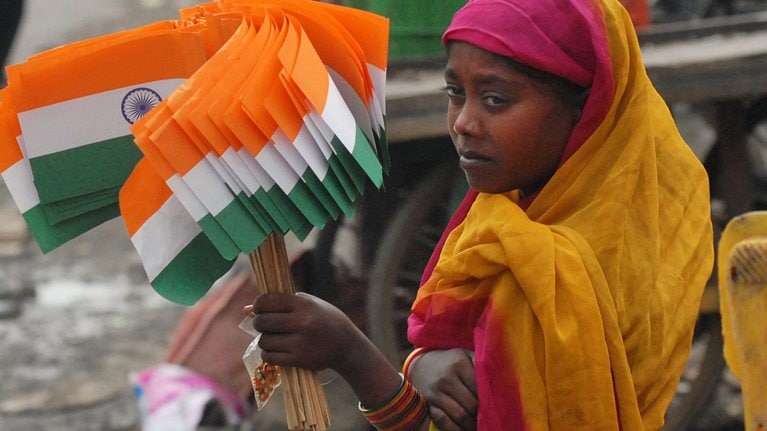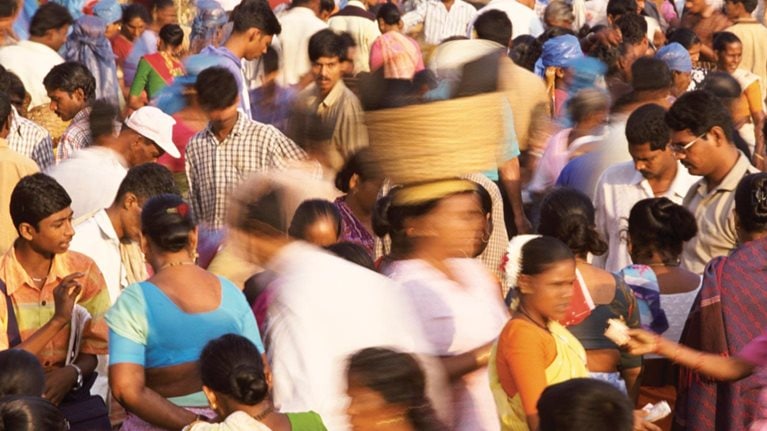India’s rapid growth in the decade to 2012 saw it emerge as one of Asia’s most promising markets. But the recent slowdown made growth and profitability increasingly elusive, forcing companies to think harder about the way they allocate resources. As growth picks up, and rapid shifts in India’s urban and rural economic landscapes occur, marketers will need to make strategic market choices to maximize returns. Understanding the growth drivers and identifying high-potential markets at a granular level are critical priorities for businesses looking to benefit significantly from this returning tide of growth.
Taking into account their existing footprints, product mixes and extensions, and long-term aspirations, companies could consider three approaches to dissect the Indian market and decipher its heterogeneity: states, clusters, and cities. The research underpinning McKinsey’s latest report—India’s economic geography in 2025: States, clusters, and cities—combines a robust understanding of macroeconomic issues at a national level with microlevel insights on the economic and income potential of states, districts, and cities.1 By building a granular view, based on several different economic scenarios, of where growth and market opportunities will emerge, the report shows that businesses can tailor investment decisions to capture a disproportionate share of the pie in India’s ever-changing economic geography.2
Our research focuses on distinct geographic slivers of opportunity at each level of granularity.
States
India’s 29 states and seven union territories are at different stages of demographic and economic evolution. The per capita gross domestic product of states, a marker of their inhabitants’ affluence or deprivation, reasonably depicts the variation in living standards and market potential across India. We have classified states into four broad groups based on their relative 2012 per capita GDP: very high performing, high performing, performing, and low performing. This approach helps companies understand which states will probably contribute most to India’s growth and the potential size of households in different income segments in each state. That in turn makes it possible to estimate future market demand for specific categories of goods and services.3
We find that eight high-performing states will account for some 52 percent of India’s incremental GDP growth from 2012 to 2025. Along with four very high-performing city-states, these eight will have 57 percent of India’s consuming-class households in 2025.4 Rapid urbanization and the associated income growth will propel the high-performing states to per capita income levels similar to those of today’s middle-income nations. In 2025, for instance, Maharashtra’s 128 million residents will have a purchasing-power parity similar to Brazil’s today. Goa’s and Chandigarh’s 2025 purchasing-power parity will mirror that of Spain today (Exhibit 1).
By 2025, the standard of living in ‘very high’ and ‘high-performing’ states will mirror that of high- and middle-income nations today.

Metropolitan clusters
Companies considering a granular pan-India play could target metropolitan clusters. We expect that just 49 of them (some 183 districts) will account for about 77 percent of India’s incremental GDP, 72 percent of its consuming-class households, and 73 percent of its income pool from 2012 to 2025.5 Top-ranked metropolitan districts constitute the nucleus of these clusters, and the surrounding high-potential districts make them serviceable markets with similar psychographics (Exhibit 2).6 The clusters are also at least at par with India as a whole on core development parameters, such as access within the household to basic urban services like water supply, sanitation, and electricity. They are therefore appropriate for companies looking to expand into areas where access to basic infrastructure does not pose a binding constraint.
Forty-nine high-potential metropolitan clusters will account for about 77 percent of India’s incremental GDP from 2012 to 2025.

Cities
Within the urban areas, the report focuses on the top 100 cities, distinguishing between metropolitan areas and others in this group. For example, in 2012 India had 54 metropolitan cities, which together with their hinterlands (65 districts) accounted for 40 percent of GDP and 45 percent of consuming-class households. We estimate that in 2025, India will have 69 metropolitan cities, which, together with their hinterlands (79 districts), will account for 54 percent of the country’s incremental GDP from 2012 to 2025 and for 50 percent of its total income in the terminal year. In short, focusing on these 79 districts would provide companies with access to a market potential similar to that offered by the eight high-performing states (Exhibit 3).
Seventy-nine metropolitan clusters in India provide the same market size as eight high-performing states.

To get the most from this granular approach, companies need to develop customized strategies for each geographic sliver. To do so, they must map priority geographic segments to product categories and extensions. Doing so will help them reallocate their resources significantly and provide the bedrock to develop a tangible implementation road map, including the development of new competencies required for the full business (marketing, sales, and operations) to target these markets effectively. By focusing on tomorrow’s high-potential markets and tailoring strategies and allocating resources accordingly, companies can gain a significant competitive advantage.
For more information, visit McKinsey’s Insights India site.


